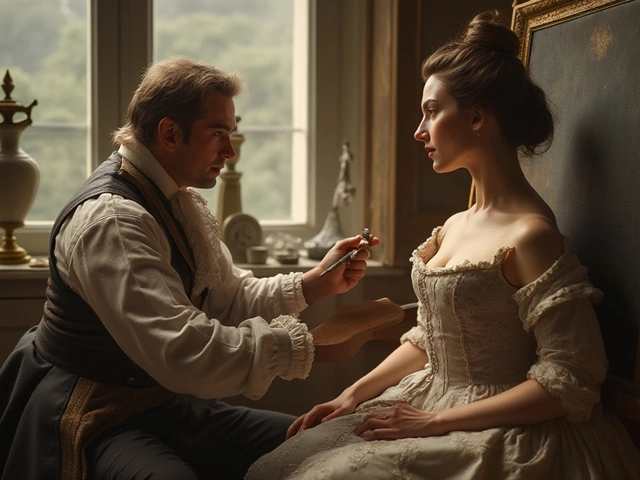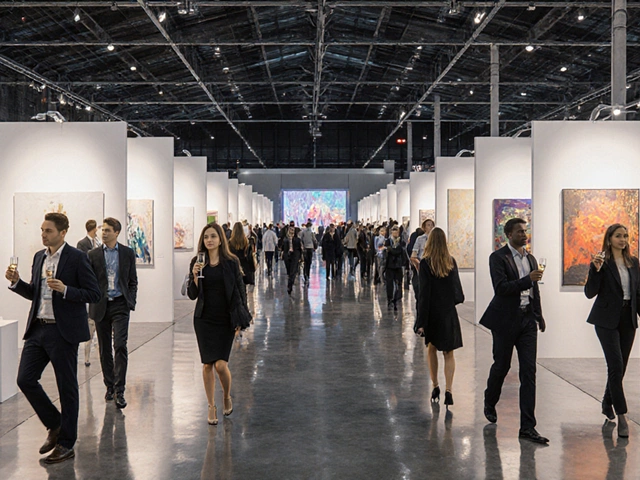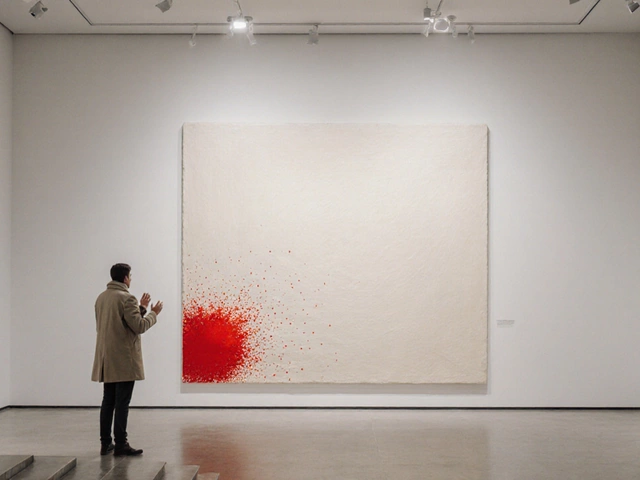Fine Art: Understanding Its Core and Branches
When talking about Fine Art, the broad category that includes visual creations made primarily for aesthetic or intellectual purposes. Also known as fine arts, it covers everything from timeless paintings to daring abstract pieces. One of its main sub‑fields is painting, a practice that uses pigments on surfaces to capture light, feeling, and story. Another core discipline is sculpture, where artists shape materials like stone, metal, or wood into three‑dimensional forms. Even abstract art fits under the fine‑art umbrella, challenging viewers to see beyond recognizable subjects. In short, fine art encompasses these varied media, requires skill and vision, and influences how we experience creativity today.
Key Branches and What Makes Them Tick
Painting has evolved from the cave walls of prehistoric times to the layered oil techniques of the Old Masters and the bold digital brushes of today. Its attributes include color theory, composition, and brushwork, while its values range from realistic portraiture to surreal dreamscapes. Sculpture, on the other hand, brings a tactile dimension; it demands knowledge of material properties, structural balance, and carving or casting methods. Whether a marble statue or a welded steel installation, sculpture adds physical presence to the visual conversation. Abstract art pushes the conversation further by stripping away literal representation, focusing on shape, texture, and emotion. This approach often borrows principles from modern art movements—think of the geometric clarity of Cubism or the emotive color fields of Abstract Expressionism—to provoke thought without a clear narrative. Together, these branches illustrate how fine art connects technique with concept, and how each discipline complements the others in a gallery or studio setting.
Modern art continues the fine‑art tradition while questioning its own limits. Artists today blend painting, sculpture, and abstract ideas with technology, social commentary, and interdisciplinary practices. The result is a vibrant scene where a single work might combine a painted canvas, a sculptural element, and a digital overlay, reflecting the fluid boundaries that fine art now embraces. Below you’ll find a curated collection of articles that dive into these topics—how to start an oil painting, the hidden rules of abstract art, the rise of digital revenue for artists, and more. Whether you’re a beginner looking for hand‑on tips or an experienced creator seeking fresh perspectives, the posts ahead offer practical guidance and fresh insights into the world of fine art.
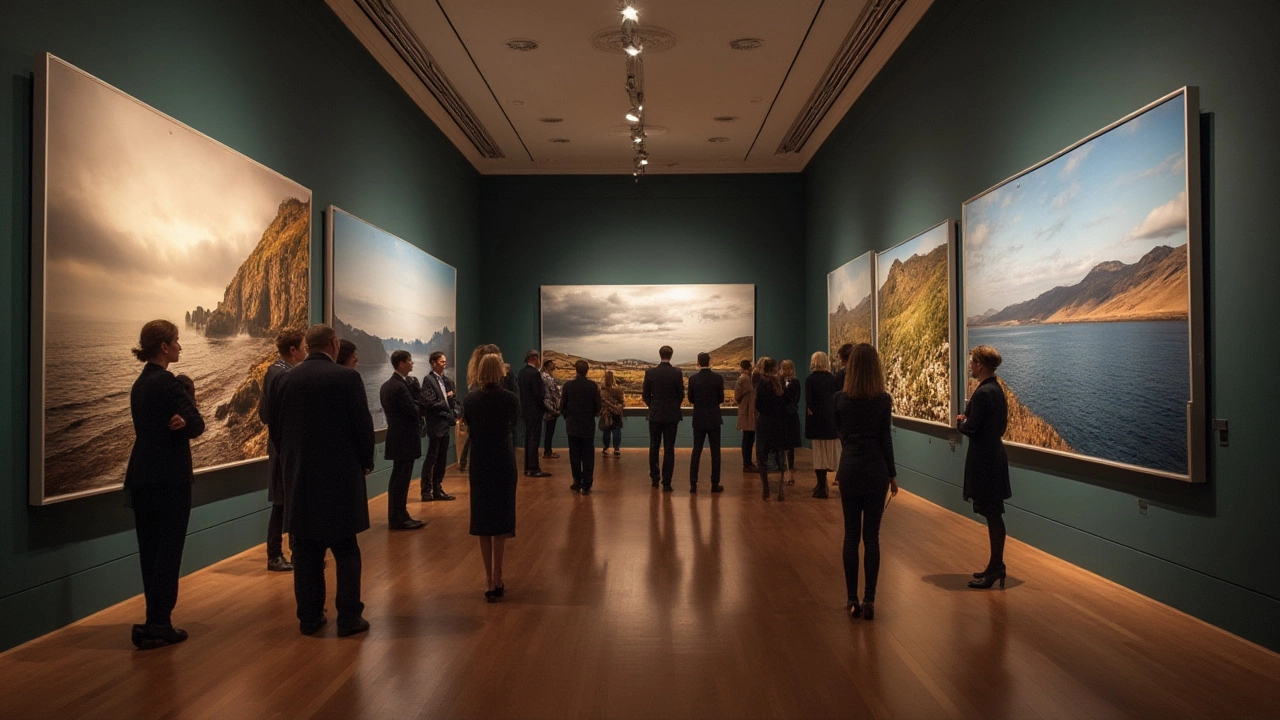
Is landscape photography fine art or 'just' a pretty picture? Dig into its artistic side, history, and what collectors and critics say about landscape photographs.
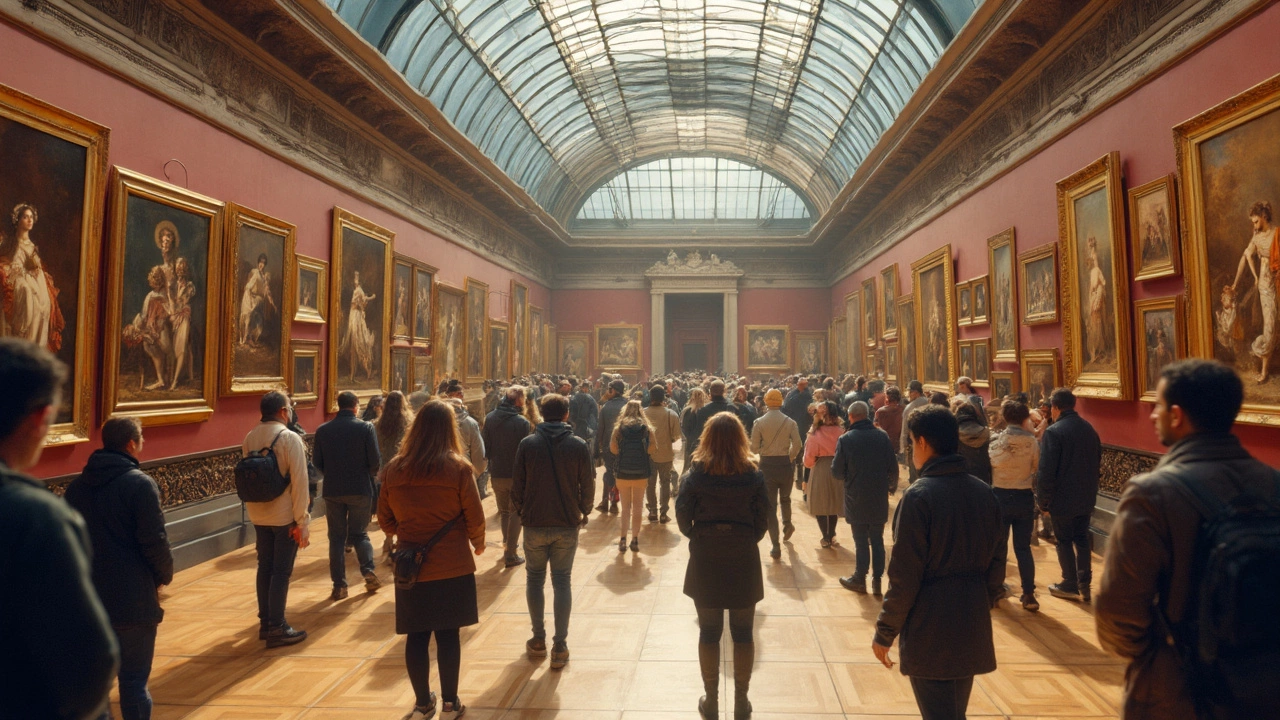
Ever wondered why people argue about what counts as fine art or modern art? This article cuts through the confusion, showing you how to spot the differences without an art history degree. You'll learn about their origins, unique features, and why it actually matters. Plus, you'll get handy tips for spotting them in museums—or even deciding what to hang on your wall. Perfect for anyone who wants to get smarter about art, fast.

